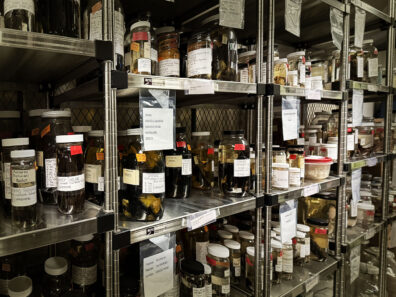Dear Daniel,
When I think about dinosaurs, I usually picture the big ones. I think of triceratops with its pointy horns or apatosaurus with its long, long neck.
I asked my friend John Blong if those dinos ever lived with people. He’s an environmental archeologist at Washington State University. He studies early humans.
He told me that people and dinosaurs never lived at the same time. Well, mostly.
Dinosaurs went extinct 66 million years ago when a giant asteroid crashed to Earth. It threw up tons of dust and soot. It made Earth super cold and dark. It stayed that way for a long time. The world became a very hard place to live. Eventually, 75% of all living things died, including all the big dinosaurs.
People didn’t live on Earth at that time. The only mammals that lived back then were tiny. They looked like shrews or moles. It would take millions of years before mammals adapted enough to become primates. Scientists think the first humans showed up about 300,000 years ago. That was long after the dinosaurs died out.
But some dinosaurs survived the asteroid.
Read More ...

